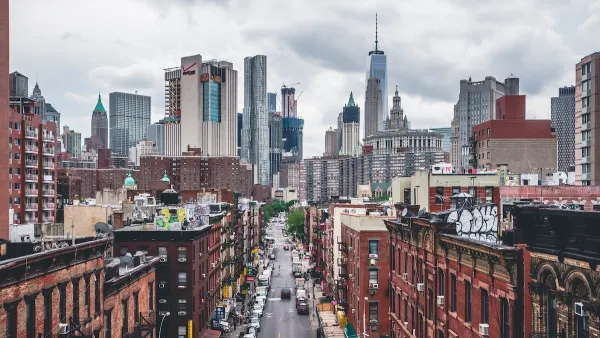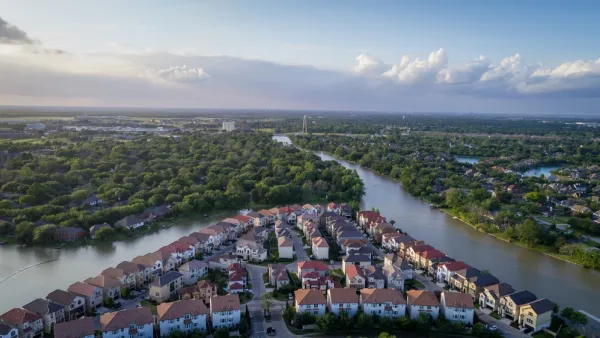A recent article describes the context of urbanization around the country before examining the implications of the trend for the decisions made by bankers—i.e., where and how to invest—especially given the realities of the post-recession economy.
A recent article by John Engen for American Banker manages a lot of tasks. First comes the work of citing the relevant facts regarding the trend of migration toward U.S. urban centers. To do so, Engen cites the growth of urban centers around the country between the years 2010 and 2012: “In total, 16 of the 20 largest U.S. cities experienced growth rates faster than their surrounding suburbs between 2010 and 2012, according to census data.”
Then Engen goes on to describe the implications fo the trend to the business decisions of banks—not only where and how to invest, but how to structure the bricks and mortar assets of business operations. “For banks, the budding movement of people and businesses to the cities is playing out against a backdrop of sluggish economic growth, harsher regulatory oversight, rapid technological change and earnings pressure. Cost controls are a priority, which dovetails nicely with the behavior of younger city dwellers, who generally are comfortable accessing their banks online or via mobile devices rather than visiting branches.,” writes Engen. Engen quotes a variety of executives and analysts on the subject of how urbanization might influence future practices of the banking industry. Some examples:
- “‘Whatever growth we're seeing in cities clearly matters less than it would have a decade ago, simply because of the adoption of digital channels,’ says David Stein, executive vice president and head of retail banking for Green Bay, Wisc.-based Associated Banc-Corp, which competes in Chicago, Minneapolis and Milwaukee.”
- “Clayton Baker, head of consumer financial advisory services for Ernst & Young, acknowledges the recent bump in urban populations but says he knows of no set ‘urban strategy’ for banks, no blueprint to follow for success. Banking is banking, to a certain extent. ‘There isn't just a model you can overlay on an urban market,’ he says.”
- “‘We put out a caution to our lenders two years ago: When it comes to multifamily, you've got to be very careful,’ says Joseph Hoesley, vice chairman for commercial real estate at U.S. Bancorp, which has been lending to more city projects in recent years.”
FULL STORY: Hot in the City

Analysis: Cybertruck Fatality Rate Far Exceeds That of Ford Pinto
The Tesla Cybertruck was recalled seven times last year.

National Parks Layoffs Will Cause Communities to Lose Billions
Thousands of essential park workers were laid off this week, just before the busy spring break season.

Retro-silient?: America’s First “Eco-burb,” The Woodlands Turns 50
A master-planned community north of Houston offers lessons on green infrastructure and resilient design, but falls short of its founder’s lofty affordability and walkability goals.

Test News Post 1
This is a summary

Analysis: Cybertruck Fatality Rate Far Exceeds That of Ford Pinto
The Tesla Cybertruck was recalled seven times last year.

Test News Headline 46
Test for the image on the front page.
Urban Design for Planners 1: Software Tools
This six-course series explores essential urban design concepts using open source software and equips planners with the tools they need to participate fully in the urban design process.
Planning for Universal Design
Learn the tools for implementing Universal Design in planning regulations.
EMC Planning Group, Inc.
Planetizen
Planetizen
Mpact (formerly Rail~Volution)
Great Falls Development Authority, Inc.
HUDs Office of Policy Development and Research
NYU Wagner Graduate School of Public Service




























